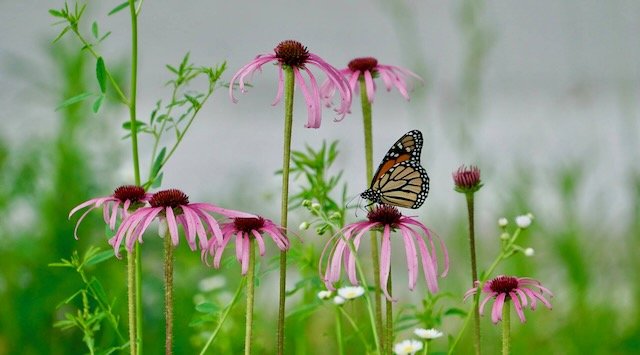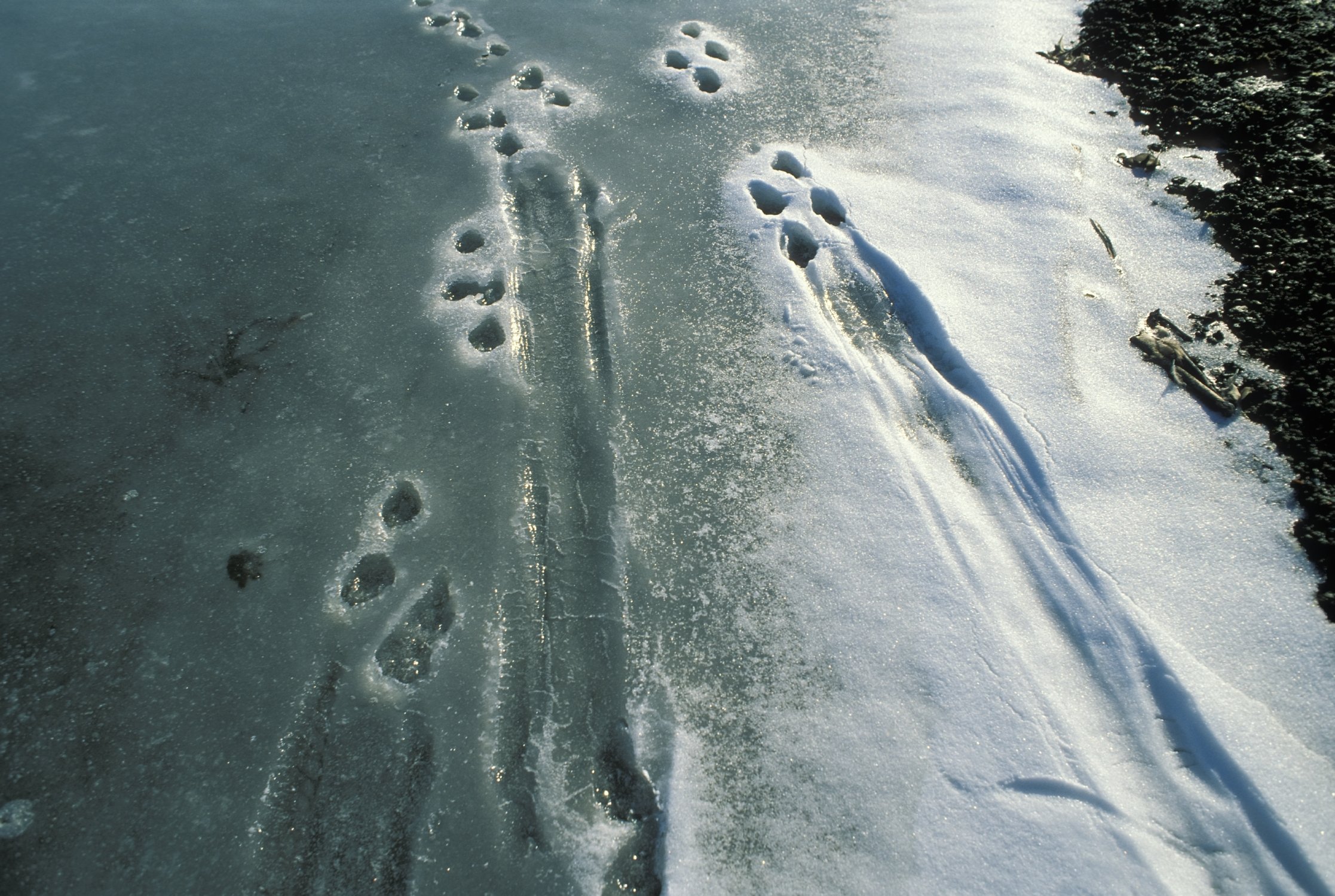Save the Date
Plant a Native Garden
Earth...Our Planet...Our Home Sweet Home!
If you are looking for other ideas to transform and invest in our community, visit the official Earth Day website at www.earthday.org. We invite you to explore our archived website blogs for more localized investments at www.chertglades.org. Follow us on Facebook and Instagram. Check out the Missouri Department of Conservation at www.mdc.mo.gov and find details on outdoor activities, discovering nature, and many other conservation-friendly topics. We all provide the spark needed to keep our planet earth the very best home sweet home!
Other resources:
What makes a home? A home provides shelter and comfort to safely weather all of life’s storms. We want our home to be a peaceful, playful place where friends and family feel welcome. In order to thrive, share, and better care for others, we invest in our home. As another Earth Day approaches, it is a good time to think about how we might “invest” in our one and only planet Earth, the home for all of us!
Joplin is celebrating Earth & Arbor Day on Saturday, April 22nd. (click here for event details). This year’s theme, “A New Earth,” recognizes the importance of investing in nature and the native plants that sustain us. In order to maintain healthy communities and keep them content and growing, all of us must invest the limited resources of our planet in new and potentially transformative ways.
The Missouri Master Naturalist, Chert Glades Chapter will offer several informative, creative booths at this year’s event. They are meant to suggest and inspire ideas for actions you can take. Simple choices and small investments can bring surprisingly large returns! Since we share this planet with all creatures, great and small, we need an investment we all can get behind!
Planting for pollinators, and creating more effective outdoor lighting are just two changes that are already making wiser use of resources. Do you know how and why this helps planet Earth? Come play with us and find out! We will have sample native plant ideas, tempt you to paint birds real and imagined with watercolors, craft constellation viewers, and discover citizen science projects for both kids and families.
By: Amera Wild, an active member of Missouri Master Naturalist, Chert Glades Chapter, Missouri Stream Team, Conservation Federation of Missouri, Missouri Prairie Foundation, Wildcat Glades Friends Group, Dark Sky International, The Missouri Birding Society, and the Trumpeter Swan Society
Romps and Convocations are Going Strong in Missouri's Wilds
Field notes by J. Cantrell, photos courtesy of the MO Dept. of Conservation
Years ago, I was working an Eagle Day event at Schell Osage Conservation Area (near El Dorado Springs). These were extremely popular events with the public and school groups coming to view Omega or Phoenix, who were rehabbed eagles from the Dickerson Park Zoo, and to see wild eagles in their natural habitat. I staffed spotting scopes along the wetland and set up an area to let people view eagles perching in the treetops or on the lake’s icy surface. Unfortunately, eagles were firmly on the endangered species list then, and out of protected areas, in ideal habitat, they were rather rare for Missourians to see. Visitors eagerly lined up at the optics and I could tell by their facial expressions when they had a full view of our national symbol. They were thrilled at the view and slowly would step back and use their own binoculars to scan for other eagles on their own. The spotting scope outreach conservation event piqued interest and now they were open to learn a little about the habitat and the role the eagle plays in the environment. The observations of a kettling group of eagles riding the thermals in the midday sunshine are called a “soar” of eagles, and perhaps bringing the most interesting eagle behaviors is when they are grouped together on the ground either resting or feeding. A gathering of bald eagles like this is called a “convocation,” and it is thrilling. Educational steps in a simple form of exposure like this was one of the keys to bringing the bald eagle back from critically low numbers. Exposure may lead to a little understanding and, in turn, more understanding.
River Otters & their tracks
That same day at Schell Osage many of my audience members got to witness another comeback performance…river otters. We were fortunate enough to have a mother otter and four teenager otter pups come through the waterways behind the groups of people waiting for their turn at the scopes. On snow-covered land or frozen over lakes, otters travel by alternating running and sliding. Otters swimming together have an uncanny resemblance to sea life mammals; they surface often at unpredictable places. They may bob up or even come ashore briefly to get a better look at their surroundings and “touch base” with otter siblings. They are amusing to watch, thus a group or family of otters on the move are called a “romp” due to their playful nature. Rarely do we catch them resting together, but if so – their grouping is referred to as a “raft.” Historically, otter numbers were decimated by unmanaged harvesting, habitat destruction, and water pollution. That day years ago was when I witnessed people’s excitement and celebration of otter success as well. Since then, over the last 25-30 years river otters have steadily, slowly increased and filled their habitat niches. The otter is an extraordinary animal to learn about and discover in the wild. Over the past year, I’ve had nine different accounts of people visiting with me and sharing photos and videos of otters. Surprisingly their stories were very similar to the Schell Osage account …a group of otters traveling, playing, and even sliding together. Otters are one of the most intelligent mammals in North America and a naturalist observing them will quickly pick up on their body language and verbal communication skills. Predators are vital to a healthy ecosystem and the river otter is an efficient predator of freshwater clams, crawdads, and certain stream fish.
February is a wonderful time to easily view bald eagles in the wild and to happen upon otter signs along the rivers and wetlands. I hope to catch you out in the wilds this month and enjoy the conservation successes of these comeback species! - Jeff
Earth And Arbor Day 2021
Please Walk on the Grass this Saturday, 6th June is National Prairie Day
“…….there is nothing like walking in the native grassland and having discoveries right at your feet and then looking up to the skyline.”
Time is near for the Ozark Soul plant delivery. Get your order in!
Plant Delivery Event while keeping social distancing.
The Timberdoodle, A Dancer Before the Stars by Jeff Cantrell
Have you ever heard of a Timberdoodle Skydance?
Experience nature close up
When you are stuck inside during the cold winter months, you can still find ways to get your nature fix. We invite you to view beautiful photos now on exhibit at the Shoal Creek Conservation Education Center, 201 W. Riviera, Joplin, MO. Photographer, Amy Watts is one of many new trainees to join our Missouri Master Naturalists chapter.
Announcement - 2020 Training Info Meeting!
If you are passionate about the outdoors, or just want to be a part of our group you can join us. To become a Master Naturalist, you will receive training and contribute to volunteer service.







